Still Freshwater & Plants
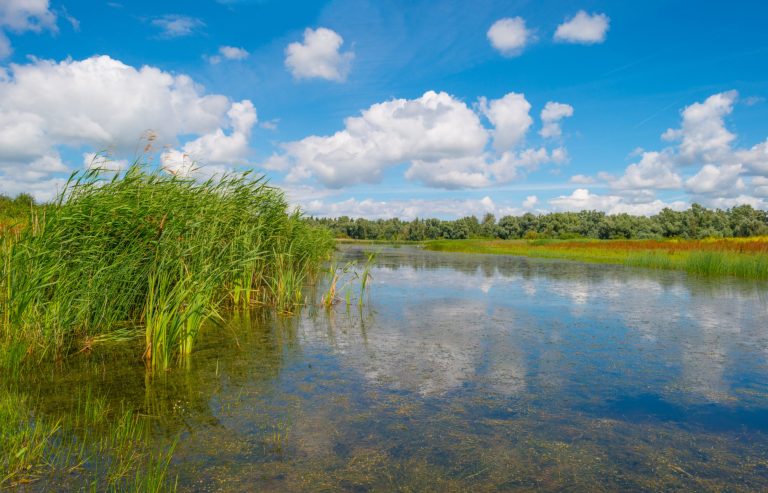
Plants adapted on a still freshwater habitat
Plants in the freshwater community provide a means of food for herbivores and harness new energy into the community as a whole via photosynthesis from available sunlight. Plants are usually the pioneers of a new ecosystem, and therefore a bustling freshwater environment will have an abundance of plants.
The ecological niche alongside the still water banks is occupied by plants called hydroseres, which are partially, or totally submerged by water along the banks. Some of these hydroseres are rooted in the water, though some of their leaves penetrate the water surface, while others float on the surface, one side in contact with the water, the other side in contact with the open-air environment. In essence, hydroseres possess evolutionary adaptations and dithering respiration rates from land plants that have allowed them to adapt to live in such an environment. Such evolutionary adaptations in plants ha meant that their physical structure has changed to suit the environment, and therefore making freshwater plants distinctly unique in appearance.
An example of these adaptations is the lack of rigid structures in freshwater plants. This is due to the density of the water (much higher than that of an open-air environment), which ‘pushes’ against the plant in its daily life. This allows such plants to be more flexible against oncoming water tides and prevents damage to the plant.
As plants require a minimum concentration of gases in their diet such as carbon dioxide, they require a degree of buoyancy so that contact can be made with the open-air environment. Adaptations may include:
- Air Spaces – Air spaces in the plant will decrease density and increase buoyancy.
- Broad Leaves – Broader leaves will spread their weight more evenly across the water surface allowing them to float.
- Waxy Cuticle – On the upper half to allow water to run off the surface to prevent the weight of the water dragging the leaves under the surface.
As these plants are either partially or totally submerged in water, their transpiration rate is very different from that of land plants. Such adaptations allow the freshwater community plants to cope with these conditions and thrive. However, alterations to the transpiration rate of these plants have proved essential, as without these adaptations they would not be able to maintain their water balance. This is continued on the next tutorial, though related information can be found in the Plant Water Regulation in the Adaptation tutorial.
You will also like...
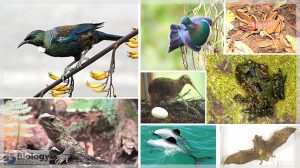
New Zealand’s Unique Fauna
Meet some of New Zealand's unique fauna, including endemic insects, frogs, reptiles, birds, and mammals, and investigate..
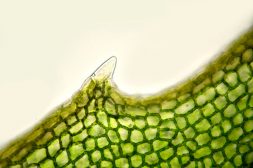
Plant Meristems and Growth
In plants, growth occurs in meristems, which are the site of repeated cell division of unspecialized cells. These cells ..
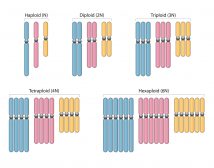
Polyploidy
Humans are diploid creatures. This means that for every chromosome in the body, there is another one to match it. Howeve..

Gene Regulation in Eukaryotes
Learn about the general structure of a eukaryotic gene, the transcription factors, and post-transcriptional regulation....

Genetic Information and Protein Synthesis
Genes are expressed through the process of protein synthesis. This elaborate tutorial provides an in-depth review of the..
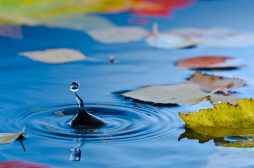
Abiotic Factors – Water Conditions
A still body of water may be disturbed by a variety of factors. One of them is wind. In fact, it is considered as the pr..
